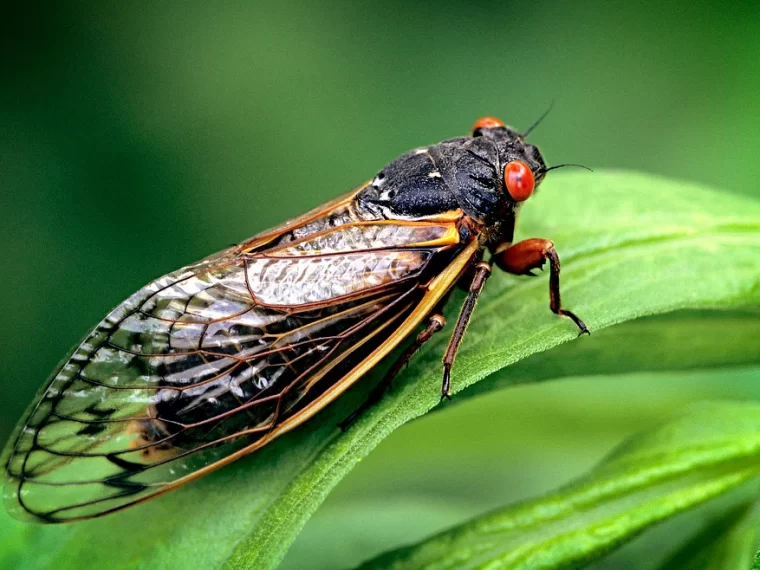In the coming weeks, trillions of cicadas will surface from underground across more than a dozen states. These periodical cicadas, renowned for their large numbers and loud noise, are emerging in two distinct groups, known as broods: Brood XIX and Brood XIII.
This rare simultaneous emergence of the two broods, which hasn’t occurred in 221 years, will be witnessed across the Midwest and Southeastern regions. Conditions are already favorable in some areas, prompting the cicadas to emerge, breed, make noise, feed, and eventually perish.
Are cicadas already appearing in your state for 2024? Or will they soon? Here’s what you need to know.
Adult periodical cicadas from Brood XIX have already been sighted in multiple states across the Southeast, including Georgia, North Carolina, South Carolina, Alabama, Mississippi, Tennessee, Arkansas, Kentucky, and Missouri, as reported by Cicada Safari, a cicada tracking app developed by Mount St. Joseph University in Cincinnati, Ohio.
Through Cicada Safari, users can confirm their cicada sightings with pictures, view a map of other sightings, engage with a leaderboard, and access additional information about cicadas.
2024 cicada map: Explore where Broods XIII and XIX are expected to emerge. These two cicada broods are projected to emerge in a combined 17 states across the Southeast and Midwest, with some overlap in parts of Illinois and Iowa. Emergence occurs when the soil eight inches underground reaches 64 degrees Fahrenheit, with activity anticipated to commence in many states in May and persisting through late June.
The last time these two broods emerged together was in 1803, during Thomas Jefferson’s presidency.
What exactly is a brood?The University of Connecticut defines broods as collections of “all periodical cicadas of the same life cycle type that emerge in a given year.” Each brood consists of various species. species of cicadas with distinct evolutionary histories, lumped together because they share the same region and emergence schedule.
Why are cicadas so noisy? The male cicadas are responsible for the cacophony. They synchronize their calls to create congregational songs, establishing territory and attracting females. Additionally, there’s a courting call they make before mating.
Unfortunately, the 13-year and 17-year brood cicadas are the loudest, largely due to the sheer number that emerges simultaneously.





